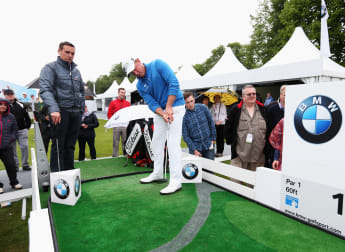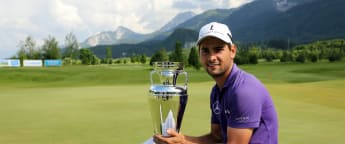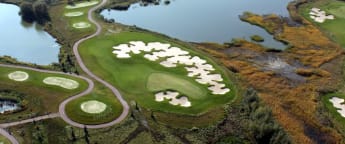By Nick Totten, europeantour.com
From Golf & Spa Kunetická Hora
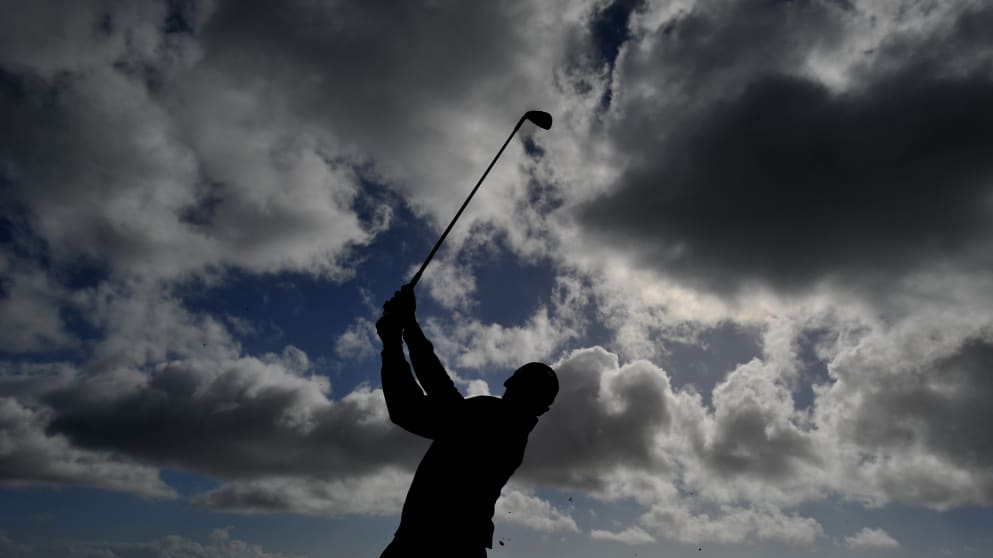
Life on the Challenge Tour is, understandably, very focused on the golfers themselves, but there are plenty behind the scenes making sure it is possible for the players to perform. Coaches and caddies spring to mind, but Doctor Andrew Murray is also on hand this week to provide treatment and advice to the pros.
Based in Edinburgh, and working as a doctor in Sports and Exercise Medicine, Murray is at the D+D REAL Czech Challenge this week to provide treatment and advice to the Challenge Tour players, to not only help with existing illness or injury, but to advise on preventative measures too.
His role is one that is increasingly important in modern day sport, with the world’s top athletes separated by the slimmest margins and any advantage, however small, often the difference between success and failure.
On a tour as competitive as European golf’s second tier, there are plenty of people keen to get the doctor’s views on what they could be doing to improve their game as they battle it out for a top 15 spot on the Rankings, and a place on The European Tour.
This is the second year that this service has been available on the Challenge Tour, with five events covered from Tuesday to Wednesday each week throughout the season, and Murray was keen to explain what he, and his colleagues, do and how they can help.
“Sports Medicine doctors do four things on Tour,” explained the man who knows a thing or two about high performance himself, having once won the North Pole marathon. “The first of these is making sure everything is taken care of at the events themselves – that we are up to date with first aid and provisions for the players for the week, in terms of pharmacy, hospitals and places where they can get scans.
“The second thing we do is to deal with illnesses, which in golf often involves hay fever and asthma, problems with coughs and colds, sore throats, rashes, and we offer basic treatments.
“We also deal with injuries, as we can work out what is going on, and once we have a diagnosis, can also provide effective treatment. That makes it very important that we work closely with our physiotherapists, chiropractors and osteopath colleagues at the events to prevent these things happening again.
“The definition of insanity is to do the same thing over and over again and expect different results, and it is the same with injury. If you can prevent the same thing happening again, then that should hopefully keep the golfer on course for longer, which is great not only for their earnings, but also for the longevity of their career.
“The fourth thing that we do is to offer input into high performance, as there are certain things that golfers can do which means it is more likely they will play better. Things such as having a normal vitamin D level, which can affect muscle tone and the immune system, these are things we can do that will tangibly make a difference to performance.
“We also help with regards to anti-doping, by making sure that any medications the players take are OK for competing, and if there are any issues then we go over that with them and find a solution, making sure they are on a medication that is safe, and does not cause any anti-doping issues.”
Perhaps it is the individual nature of it compared to other team sports, but Doctor Murray, who works with elite athletes on a daily basis, believes golfers are some of the best to deal with. They appreciate the benefit of that extra per cent here or there that could be the difference between winning and losing on Sunday, and in a game decided by feet and inches, they are always looking for that competitive edge.
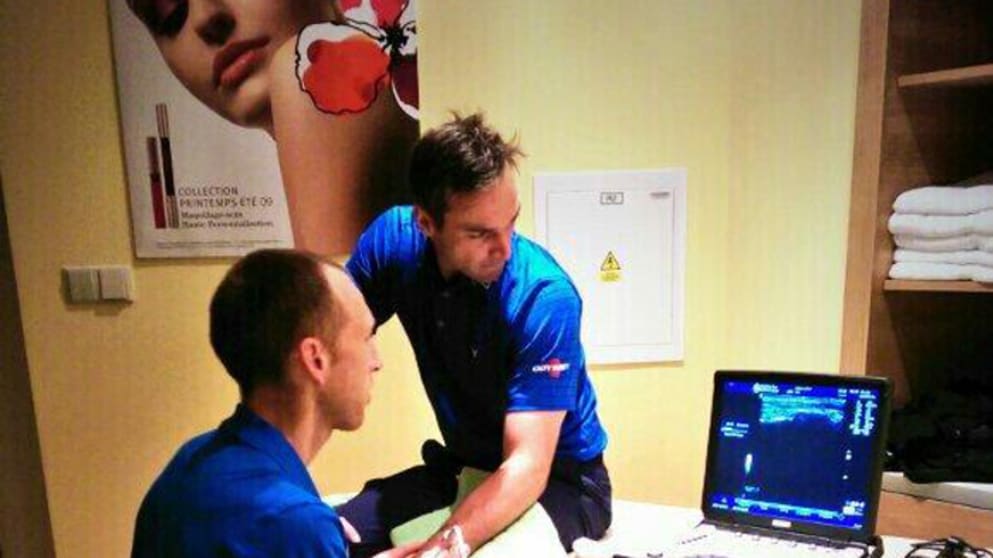
“I really enjoy working with the golfers,” said Murray. “I work in a number of different sports, including with the Scotland rugby team, the Sport Scotland Institute of Sport, and in professional football. Golfers are not unique, but they do get it, in terms of the information we give, which they reflect back and put into place.
“That’s great, and the Challenge Tour players are really hungry, really looking for success, and using that science of one per cent to be the best they can. That makes it more likely they are holding that trophy at the end of the week. That’s what I like about golf, there is a real appetite for doing the right sort of things, putting it in place, and driving improvement.
“One thing the Challenge Tour players have asked us for is a resource, something that they can have so they know what to do with certain illnesses. For example, if you have a cold, then taking zinc and vitamin C can actually decrease the length of that illness by 20 hours. It might not sound like much, but if you are feeling good for that extra day out on the course, then it can make a massive improvement to performance.
“So it is not just about us telling people what to do, but sharing information that might be helpful in terms of illness and injury – how to prevent them and how to treat them – as well as things to improve performance. That’s what I love about the job as it’s really proactive, and not just about patching people up, but providing information that can really help.”
While golf is an individual game, there is a great collaboration to it, with professionals often seen helping each other out in practice. This is the same for Doctor Murray and the other medical professionals that work on the Challenge Tour, and that is something the Scot enjoys.
“One of the best things about working in professional golf is not just about meeting the professionals themselves, but the fantastic team members we have got. The Chief Medical Officer is Dr Roger Hawkes, who has been involved in The European Tour for 20 years, while we also have other sports medicine doctors, who are great and have their own skills.
“We also have superb physiotherapists, chiropractors, and osteopaths – some of the best in the business, as far as I’m concerned - and that’s important because golf is a very unique game. People have this perception that golfers don’t get ill, they don’t get injured, that it is completely different to rugby and other collision sports, but we get a lot of over-use injuries.
“The beauty of these is that you can actually do something to help, you can prevent them happening in the first place, so it is a case of us working with the golfers, with their coaches, and their caddies to spot things that could lead to problems. We can also suggest solutions, in collaboration with our physios, chiros, or osteos, and the sports medicine team, so it is all about working together to get results.”
It is these kinds of improvements that are making the Challenge Tour a breeding ground for many of golf’s next generation of stars, and as they begin to grasp the things that Murray, and the other medical staff tell them, it is sure to continue as a conveyor belt of talent for some time to come.
For more information on golf injuries, read this article from the British Medical Journal.
You can also follow@docandrewmurrayon Twitter and on hiswebsite.
